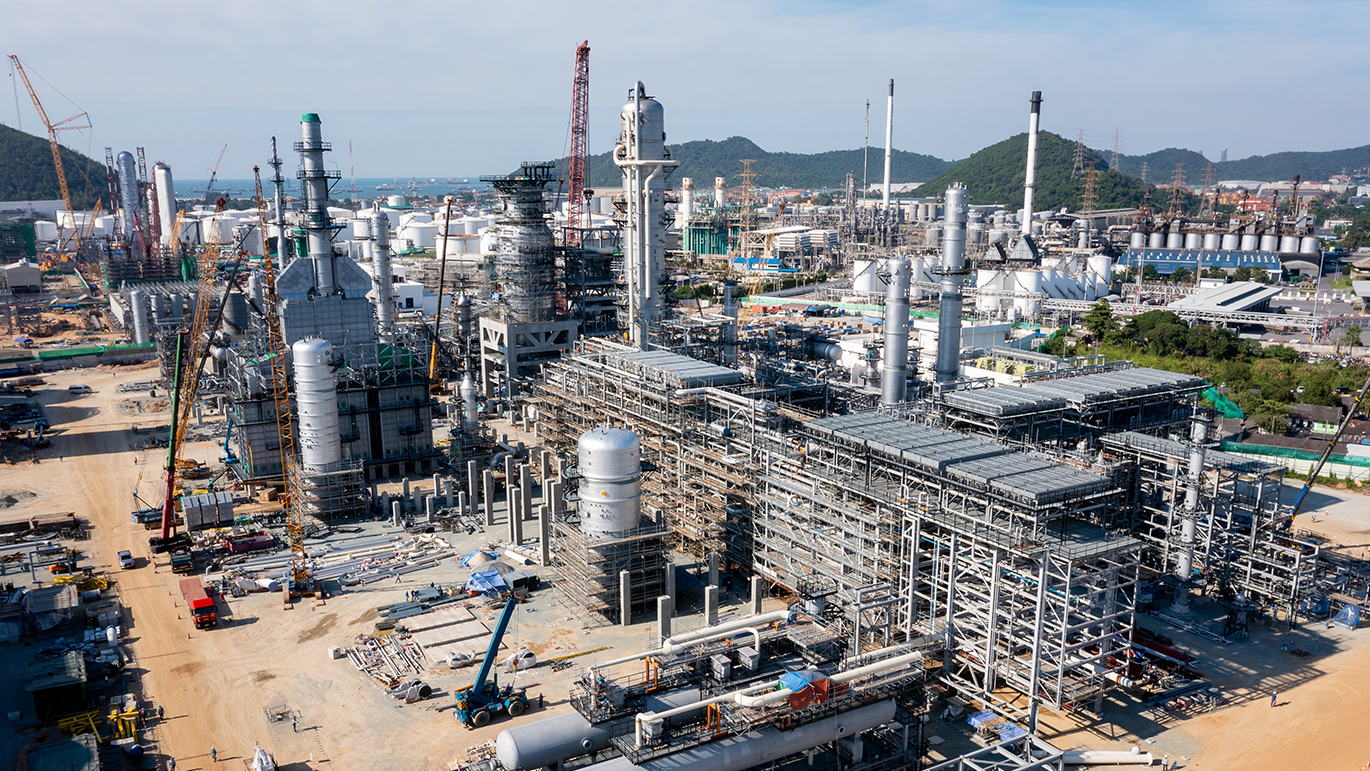AWP is a principle-driven approach to capital construction and it can work for all projects, regardless of cost or complexity. Don’t let anyone tell you different.
Advanced Work Packaging is built on sound, reliable principles of construction-driven project development, and because it’s principle-based, it’s inherently scalable. That’s good news for companies leading small capital projects, because they, too, can benefit from increased safety, predictability, productivity and quality.
Beware of those who say that Advanced Work Packaging “does not scale” and cannot be used on small projects. Much of the resistance to AWP hides behind the scalability discussion. The hard truth is that moving from an engineering-driven mindset to a construction-driven mindset can be challenging for established organizations, and claiming that AWP does not scale is an easy way to avoid this difficult paradigm shift.
Nothing prevents organizations from applying construction-driven project planning and execution principles to smaller projects. While it’s true that AWP may look slightly different on smaller projects, it may also look slightly different on very big or very complex projects. The beauty of AWP is that it can be tailored to fit projects of all sizes and all levels of complexity. All it takes is the intelligent application of key principles.
1 | Insist on Construction-Driven Project Execution from Start to Finish
You can’t skydive with one foot in the plane, and you can’t implement Advanced Work Packaging with an engineering-driven project mindset. From beginning to end, everyone involved in the project should be working from a construction-driven mindset: all planning and engineering should be organized to support the construction strategy and sequence. Practically speaking, this means that engineers, schedulers, procurement teams and everyone else involved in the project must reevaluate their work processes to ensure that they are meeting the well-defined requirements of construction.
For most established organizations, this is the most difficult step. You’ll need a coherent change management strategy along with strong leadership, a skilled AWP Champion, and well-trained staff in order to succeed.
2 | Invest in Construction-Driven Planning
A comprehensive Path of Construction (PoC) is absolutely essential, regardless of project size. Created early in the project lifecycle, it should be developed in accordance with best practices and should reflect all relevant constraints. This cannot be skipped — it’s a foundational component of all Advanced Work Packaging projects. The PoC for a simple $100 million project may be shorter than that of a complex $3 Billion project, and it may take less time to develop, but it will have a direct and powerful impact on project safety, predictability and quality regardless of project size. Do it well.
While it's true that AWP must be configured to some degree when applied to very small projects, it's equally true that it must be modified to some degree for large and complex projects.
Olfa Hamdi Tweet
3 | Seek to Understand and Manage Complexity
One of the most important benefits of Advanced Work Packaging is its ability to help capital project leaders assess and manage the scope and complexity of a project in a meaningful and structured way. Remember that cost and complexity operate independently of one another: Just because a project is less expensive does not mean it will be less complex, and vice-versa. The goal is to understand how complex the project is, regardless of cost.
Once you have an accurate understanding of the scope and level of complexity on a project, that complexity can be better managed, which is critical to AWP success. In practice, we may manage complexity by implementing systems, software, technology, people and more. What you need depends in large measure on the scope and complexity of your project, so this step is essential.
4 | Ensure that the Right People Develop Your IWPs
Whoever is responsible for executing the Installation Work Packages (IWPs) should be responsible for developing them. In other words, IWPs are not engineering deliverables, they are contractor deliverables. Contractors must have a Workface Planner in place, and when the construction team receives engineering deliverables, that Workface Planner must be responsible for developing the IWPs. This ensures that the project execution is genuinely construction-driven.
Next Steps
In sum, Advanced Work Packaging can be applied to all capital construction projects. What matters most is that leaders make a concerted effort to develop a construction-driven mindset on the project team and that they apply the principles of construction-driven planning and execution.
While it’s true that AWP must be modified to some degree when applied to very small projects, it is equally true that it must be modified to some degree for large and complex projects. The wonderful thing about a principle-driven approach like AWP is that, so long as the principles are applied, the approach can be tailored to fit any project.
If you’re ready to get started with Advanced Work Packaging, Concord® is here to help. Contact us today!





